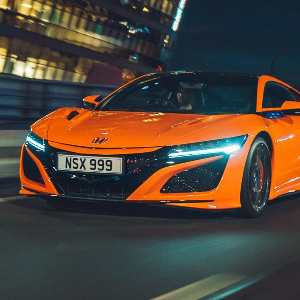
The Ford Fiesta has consistently been one of the country’s most popular cars and for many good reasons. Class-leading handling, competitive pricing and a slew of models to choose from make this a great used car buy, whether you’re learning to drive or downsizing.
PROS:
+ Great handling for its size
+ Abundance of choice in the market
+ Economical to run
CONS:
- Diesel engines can give trouble
- Beware of clutch issues
- Check turbos on EcoBoost petrol engines
Verdict: The Ford Fiesta is one of those rare cars that simply great to drive regardless of spec. Its range-topping ST model remains a seminal hot hatch, but you’ll be equally happy with a run-of-the-mill petrol version.
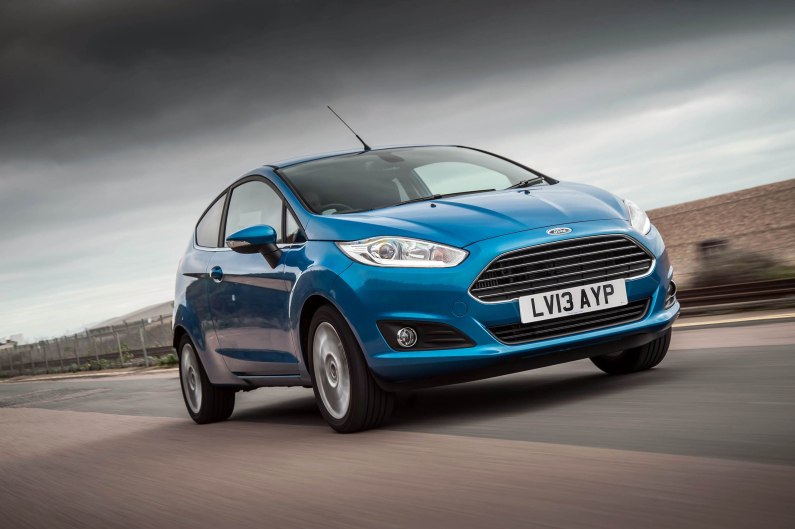
Used Ford Fiesta (2008-2017) review: the five-minute read
The sixth-generation Ford Fiesta enjoyed a solid decade on sale. During that time it was available in both three- and five-door body styles and a wide variety of diesel and petrol engines with outputs ranging from a 59bhp right up to a 180bhp ST version.
Its sharp lines mean that it still looks good today. Feline-like headlights, rounded nose and a raked windscreen give the Fiesta a distinctive look. In 2013, Ford introduced a mid-life facelift model that enhanced its kerbside appeal even more with a different front grille and some specification changes.
The three-door looks the better of the two, but the practicality of the five-door is not something to ignore, especially if you’re going to have people in the back. Getting in and out of the rear is much easier with the five-door version, and the rear head and legroom are adequate.
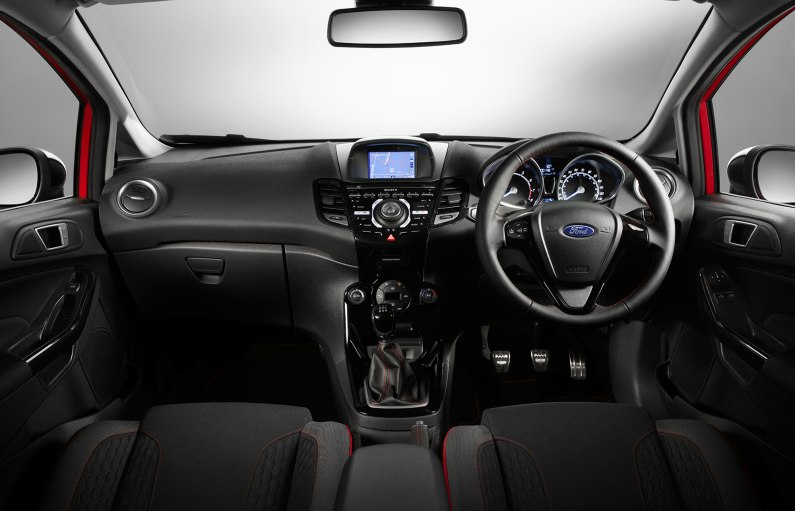
Although it predates the larger touchscreen displays that are now commonplace, the 4.2-inch display proves less of a distraction when driving yet remains clear and easy to read. The layout of the Fiesta works well from an ergonomic perspective, with all of the main controls are easy to reach and use on the move.
With 276 litres of boot space, the Fiesta isn’t short on carrying capacity, and it outperforms many of its rivals in this respect. If you need more room for bulkier items, the rear seats can fold down to increase load room to 974 litres. Ford also produced a Fiesta van for commercial users based on the three-door model and panels over the rear windows.
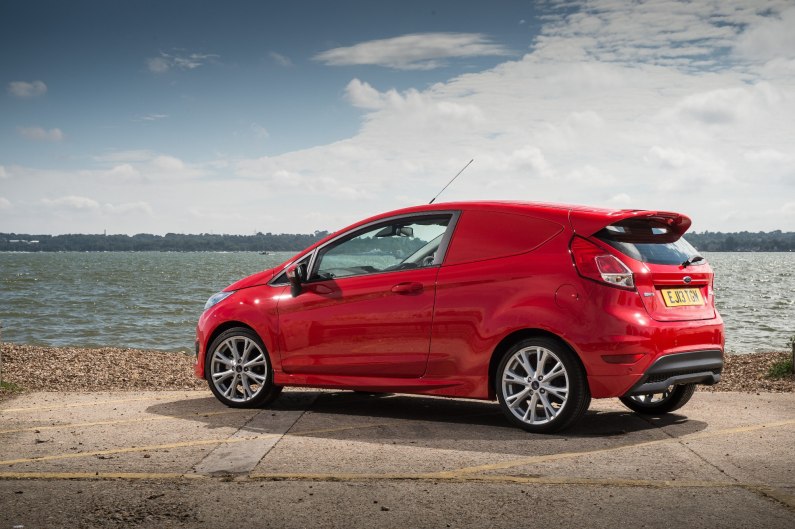
It’s easy to find a comfortable driving position thanks to a good amount of adjustment in the seat and the steering wheel. Outward visibility is also decent, and the relatively compact dimensions make it easy to park.
Around towns and city streets is where the Fiesta comes into its own. It makes for a fun and engaging drive, almost regardless of when the engine is under the bonnet. Precise steering and a compliant suspension setup see it make light work of the day-to-day stuff. Get the Fiesta out onto some faster roads and it drives with a great degree of precision and little body roll through bends.
The 1.0-litre EcoBoost three-cylinder petrol engine came in 99-, 123- and 138bhp outputs, and it is an engine that suits the Fiesta’s driving characteristics well. Ideal for urban driving, it delivers enough performance without being too thirsty, although do take official fuel economy figures with a pinch of salt.
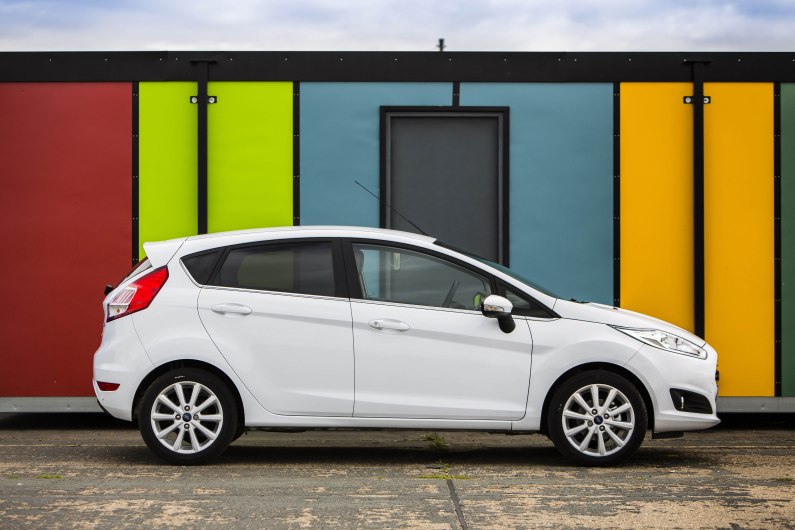
If fuel economy is what you’re after, there are some diesel engine options. Early models were powered by 1.4- and 1.6-litre engines, but the 1.5-litre diesel arrived in later models is a more refined unit and offered 74- to 94bhp.
Despite its compact size, the Ford does settle comfortably at higher speeds making it adept at covering longer motorway journeys. The Fiesta is also a relatively safe car, scoring the full five stars in its Euro NCAP test in 2012.
For great Ford Fiesta deals click here
Extended read...
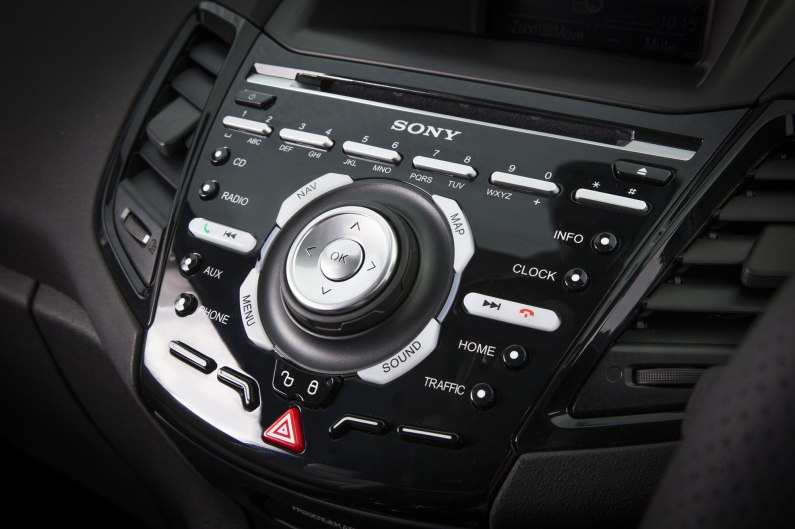
Used Ford Fiesta (2008-2017) interior and infotainment
The Fiesta's cabin's design and layout is a marked improvement over its predecessor and maximised interior space. You will find hard scratchy plastic if you go looking, though it's in parts that you'll rarely see or touch. Good levels of adjustability for the driver's seat and steering wheel mean that even taller drivers shouldn't feel too cramped inside. Sportier numbers like the Fiesta ST did get more interior upgrades such as sports seats by Recaro.
A simple instrument display features two large dials with the tachometer on the left and a speedometer on the right. There is a small digital display in the centre for basic driving data and a proper fuel gauge.
You won't find any fancy touchscreen displays in this Fiesta, as it sticks with easy-to-use physical buttons on the centre console. All versions do come with a USB charge port and auxiliary input. Higher spec models gain a Sony DAB stereo and a 4.2-inch display. Ford's native SYNC infotainment system appears in one of its simpler forms in the Fiesta, but it makes everything simple and straightforward.
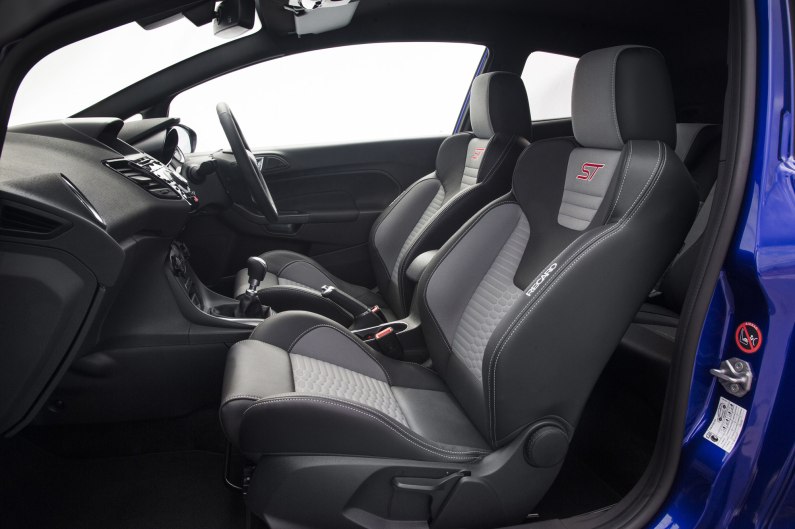
Used Ford Fiesta (2008-2017) practicality and boot space
For its size, the Fiesta provides good levels of passenger and luggage space. The three-door may look more stylish, but it will be trickier for passengers to get in and out of the rear seats. Five-door models are more practical and will generally be more desirable when it comes to selling or trading in your car in the future.
Compared with rivals like the Vauxhall Corsa and Nissan Micra, the Fiesta gets a larger boot that measures 290 litres, reducing slightly to 274 litres if you opt for a spare wheel. That's a small price to pay for having one and is something we recommend looking out for when buying. The rear seats have a 60:40 split and create a cargo volume of 974 litres when they are folded forward.
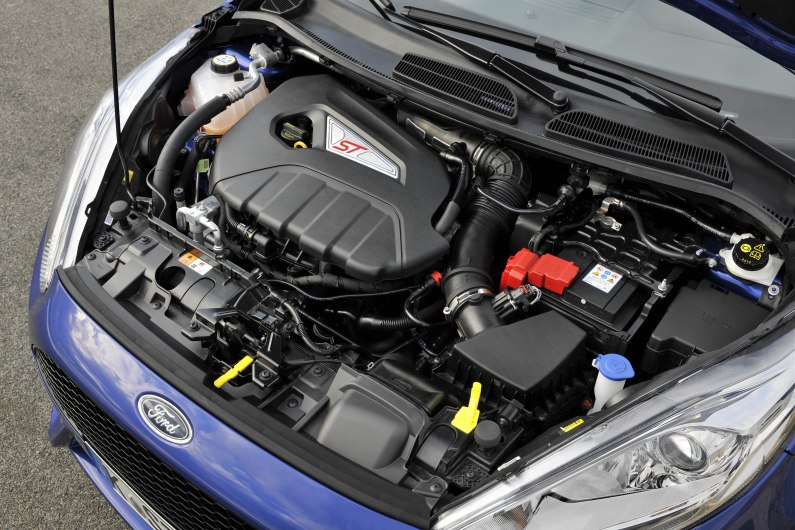
Used Ford Fiesta (2008-2017) engines
Throughout its lifecycle, the sixth-generation Ford Fiesta was available with a good range of engines. The majority of Fiestas use petrol engines and these range in both size and power outputs.
A naturally aspirated 1.25-litre petrol kicked off the range with a modest 59bhp, but it is also available with a more useful 81bhp. With earlier versions, if you wanted an automatic, you had to opt for the 1.6-litre petrol that wasn’t especially great to drive and lacked the performance you might expect from an engine of this size.
Things get better with the 1.0-litre three-cylinder engine that comes in several versions ranging from 99bhp to 138bhp on sportier models. At the top of the range is the Fiesta ST that uses a 1.6-litre turbocharged petrol with 180bhp.
On the diesel front, Ford sold the Fiesta with a 1.4-litre that produced 67bhp and a larger capacity 1.6-litre unit that came in 89- and 94bhp guises. These engines were subsequently superseded by an improved 1.5-litre power unit that came with 74- and 94bhp.
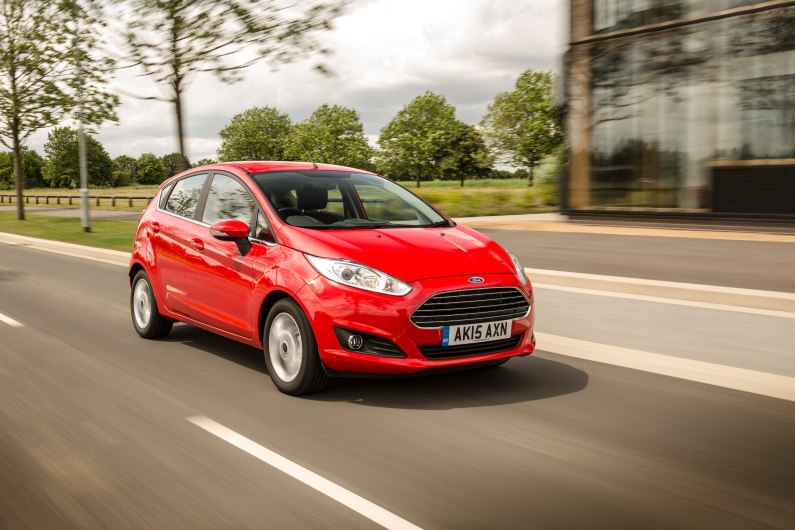
Used Ford Fiesta (2008-2017) driving
In almost every sense, the Ford Fiesta is a car that set a high benchmark for small hatchbacks. Delivering a polished and composed ride, it copes well with more enthusiastic driving even in its less sporty trims. Just as importantly, it has a planted feel when you’re out of town and on the motorway, and its EcoBoost engines are well able to keep up with faster-moving traffic.
Its compact dimensions make it perfect for navigating busy city streets. Parking is easy thanks to a good turning circle, decent outward visibility and short overall length. Some models have parking sensors and a reversing camera - worthwhile features to look out for when shopping for a Fiesta. The smaller 15-inch alloys wheels may not look as trendy as larger options, but they help provide a better ride quality.
The Fiesta ST still ranks as one of the best hot hatches of the modern era and is tremendously good to drive. Towards the end of its model cycle, Ford did produce an ST200 in smaller numbers that had more power and some additional performance parts akin to the Mountune aftermarket kit.
